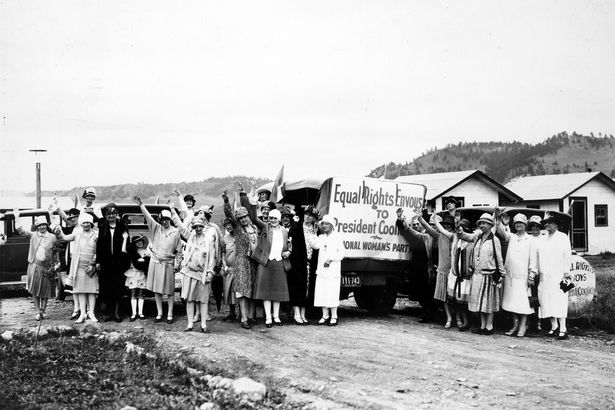
1920s: Culture Wars
In the aftermath of World War I, most European nations were struggling to recover economy-wise. The United States, on the other hand, enjoyed an economic boom, with the number of Americans in the urban environment exceeding the number of people living in rural areas for the first time in the country’s history. It was also the onset of a liberal movement regarding drug use and sexuality, as well as the equality of women and minorities. Such liberal views were not welcomed by everyone and caused quite a stir during those times.
“There are so many current trends that started in the 1920s,” says Chip Rhodes, historian and author of Structures of the Jazz Age. “Pop cultural trends away from tradition toward a focus on entertainment and pleasure, [and] trends away from religion and ruralism toward studio-monopolized movies.”

2020s: Culture Wars
100 years later, Americans still don’t see eye to eye when it comes to certain ideologies, but the battlefront of the culture war has transcended geographical boundaries. “There’s not so much a divide between urban and rural as the generation divide,” observes Jay David Bolter, a new media expert and professor at the Georgia Institute of Technology. According to Bolter, the “fight” takes place between the technologically savvy younger generations and the more traditional, older generations. While the youngsters are forming, expressing and debating their opinions on social media and through video games, the elderly rely on television and film.





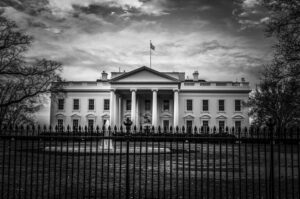


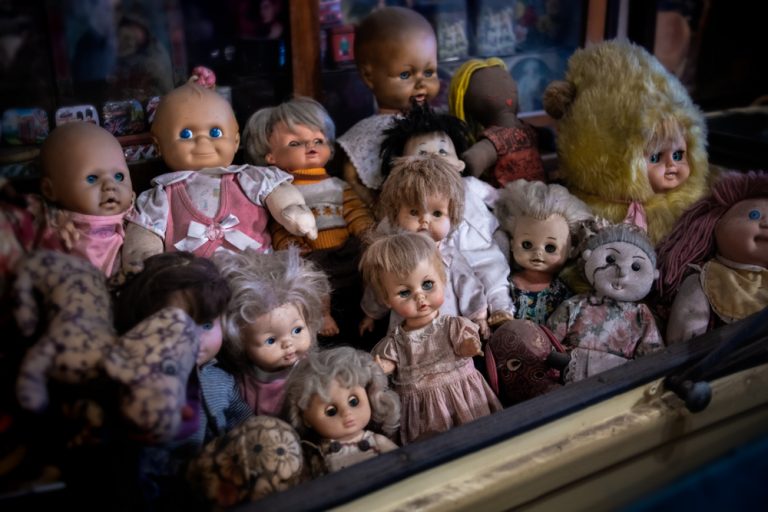
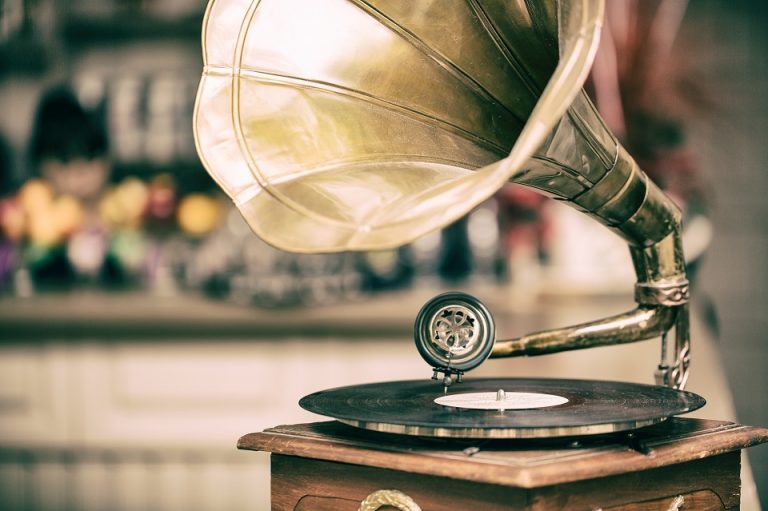



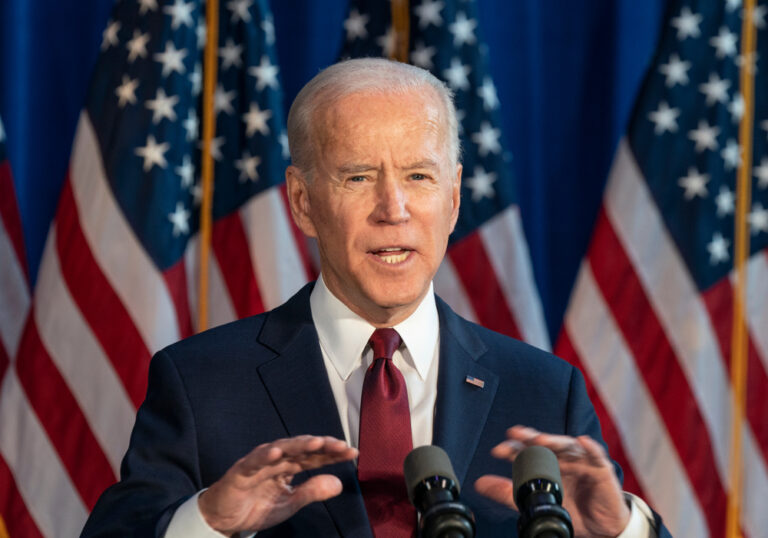

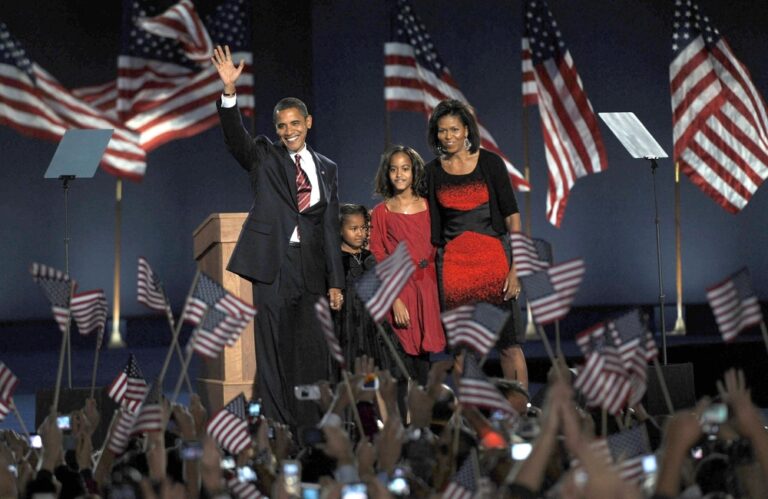
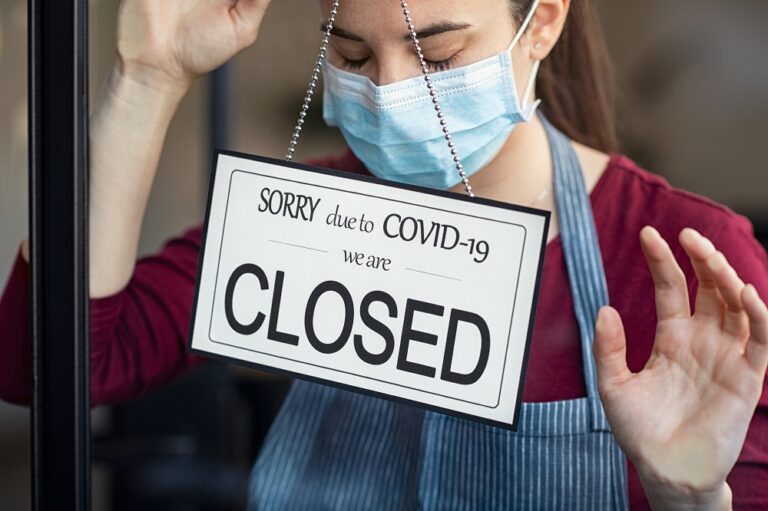









1 thought on “1920 vs. 2020: What’s Changed and What Hasn’t in 100 Years”
It amazes me that some people think it is a hokes . They refuse to ware masks in public. I don’t like it but I have enough respect for all people to not possibly endanger others.